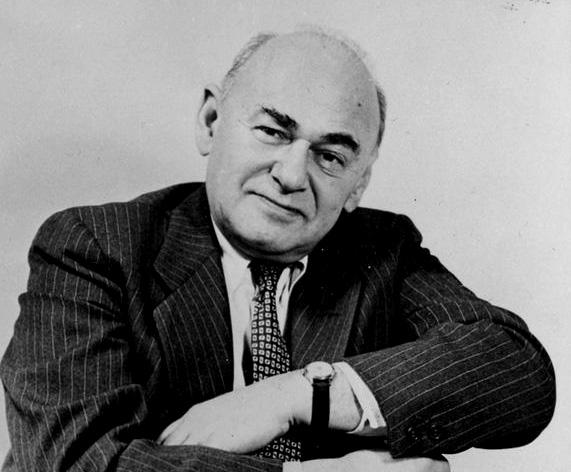 The NYPR Archive Collections
The NYPR Archive Collections
[Review of the play "The Living Room"]

This episode is from the WNYC archives. It may contain language which is no longer politically or socially appropriate.
Gilbert Seldes says it's interesting that "The Living Room" was produced at all in this country. It is fundamentally a religious play. Quotes a review in Time: "brings darkness to light places."
The theater is the last aristocratic art left because it is the only place where people's minds are allowed to function. There's more freedom there than any other art form.
A course he's giving at Columbia University - how did this unnamed play get produced? It's a mystery. Enough people with money believed in it. No one told the playwright the script was bad. The example of "Baby's Irish Rose." It was roundly condemned by the critics but was very successful. Robert Benchley's review in Life magazine. It's the joke about the Irishman and the Jew carried out for three acts. He thought the play had a great deal of drive, but that the portions of the play the audience seemed indifferent to were the goody-goody parts where the Catholics and the Jews praised one another. The play encouraged people to tell the jokes and a sadistic pleasure out of hearing the jokes.
This play - about the reconciliation of two faiths - opened at the same time as one profoundly about just one faith. The opposition to the faith is not well treated - represented by a psychoanalyst.
The theater is a place where discussion is permitted. Around the time these plays opened, the collegiate discussion of the recognition of Communist China was not permitted.
Fear lead the heads of military schools to say no one should discuss it. This was certainly damaging to our reputation abroad.
Audio courtesy of the NYC Municipal Archives WNYC Collection
WNYC archives id: 71543
Municipal archives id: LT3119